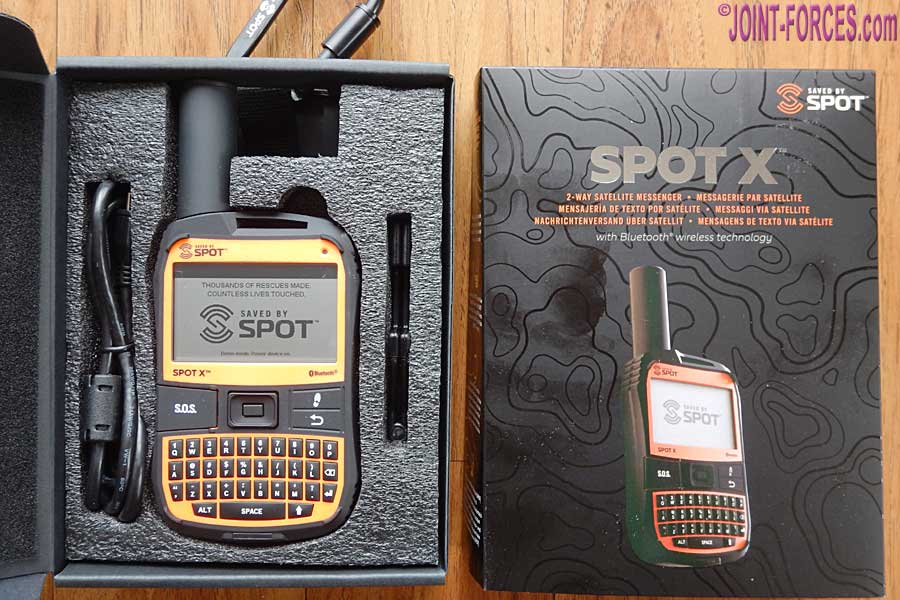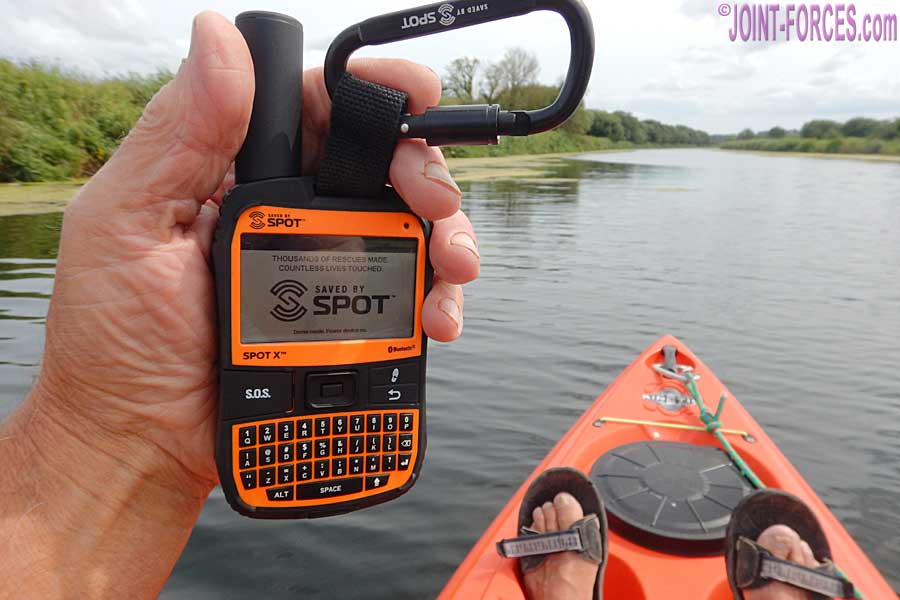
Mike Gormley gives a pre-expedition heads-up on the SPOT X 2-Way GPS Messenger ~ the latest SPOT tracker device.
~
My association with SPOT trackers goes back fifteen years, so when a friend from our Moorland Training Group asked me to look out for a suitable tracker for his daughter to use on her forthcoming expedition (walking from the Alps to the sea on the south coast of France, a trek of over 730km known as the Via Alpina Bleu) SPOT was my first thought.
At the recent OTS 2023 (Outdoor Trade Show) event I had a chance to discuss this with the Globalstar marketing team, who offered to support Sarah with the latest, top of the range, SPOT X. Back in 2008 I reviewed (for C&S Magazine) the much earlier and more limited version of the SPOT. I took it with me on the annual trans-Dartmoor walk, the Abbotts Way, which our moorland training group always takes part in. That year the weather was especially inclement. On a particularly remote part of the route we came across a group of RAF cadets, three of whom had fallen into a river when crossing and were now not in good shape. We stopped to assist.
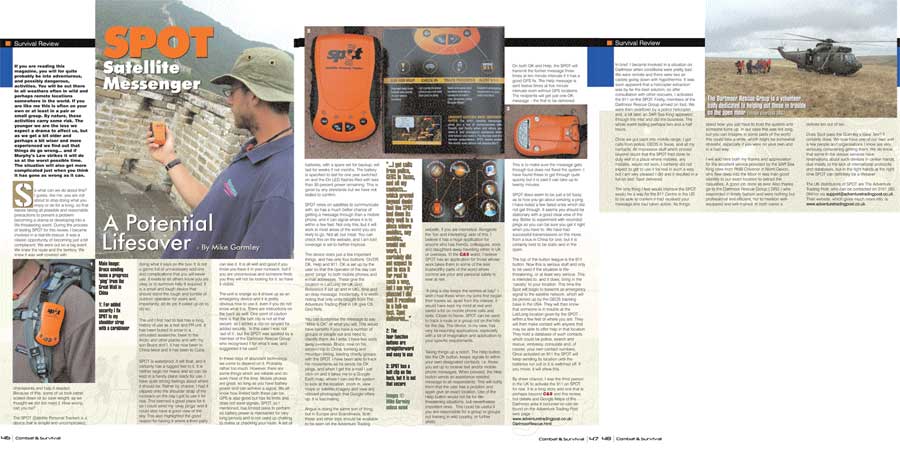
There was no mobile phone coverage from any of the providers we tried, so in the end, we decided to make use of the SPOT’s GPS capability. I pressed the SOS button and within an hour a Search & Rescue Sea King hovered cautiously onto our precise location, slowly moving under the very low cloud base and through the mist. All credit to the Sea King’s crew. It was a welcome sight.
All this had been coordinated by the GEOS Search and Response Coordination Centre in Texas. These days SPOT is partnered with FocusPoint International Inc. and operates via Global Overwatch and Rescue. It transpired that this 2008 mission was only the third time the SOS button had been pressed in the UK and the first time had been used to initiate a remote area rescue. The key thing for us was it had worked… and worked very well indeed. My only (constructive) criticism at that time was we had no way of knowing if our call for help had been received and if ‘the cavalry’ was on its way. Now in 2023, I can say this is all very different.
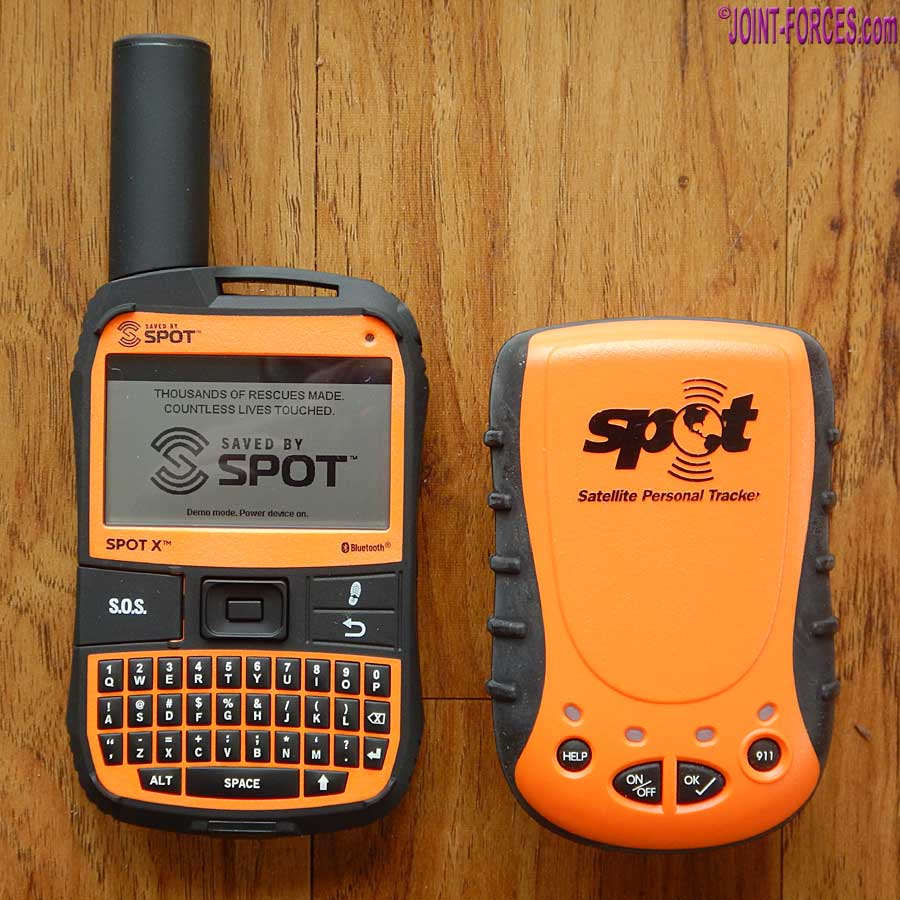
The SPOT X ~ there is a range of different devices ~ can communicate in various ways and, importantly, both outgoing and incoming messages; all via the Globalstar network of satellites and communications stations. These more or less cover the world. Just as important, the SOS system is monitored 24/7.
If on an expedition, or even if a lone worker in a remote location, from your very portable device you are able to let people know you are okay at preset timings and also manually send preprogrammed messages to specific contacts. SPOT X can also be teamed with mobile phone devices via a SPOT App. The handset has a keyboard, so the user is able to send and receive messages via txt or e mail. The device also has built-in compass and other navigation assets.
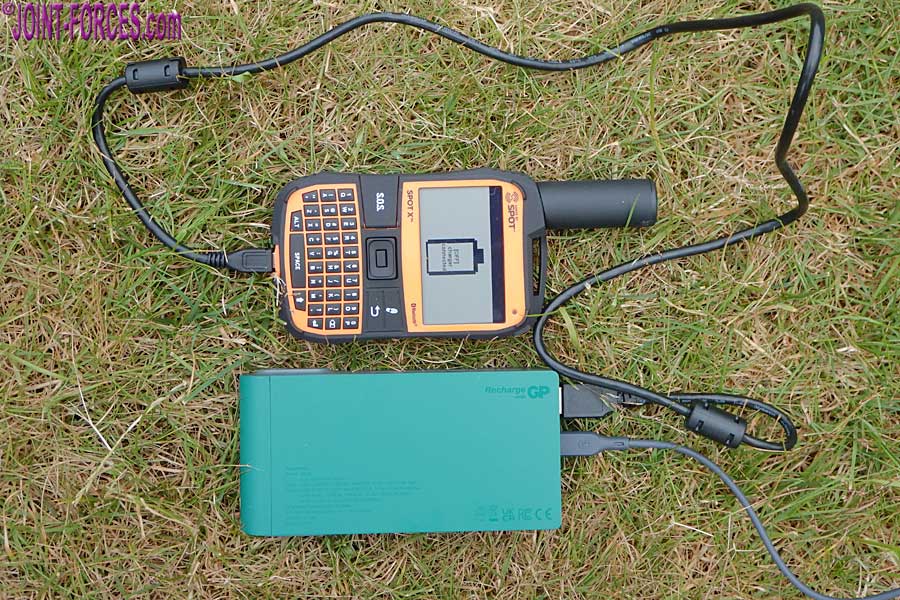
My early experiences of the SPOT go way beyond Dartmoor in 2008. In those days my sons Bruce and Angus were out and about all over the world and I was able to track Bruce’s expeditions in China, Cuba and other places and Angus on his closer to home road trip to Northern Norway and his canoe expedition down the length of the river Danube. One element of personal amusement was tracking their precise locations, via Google Earth, and finding I often knew more about their locality than they did.
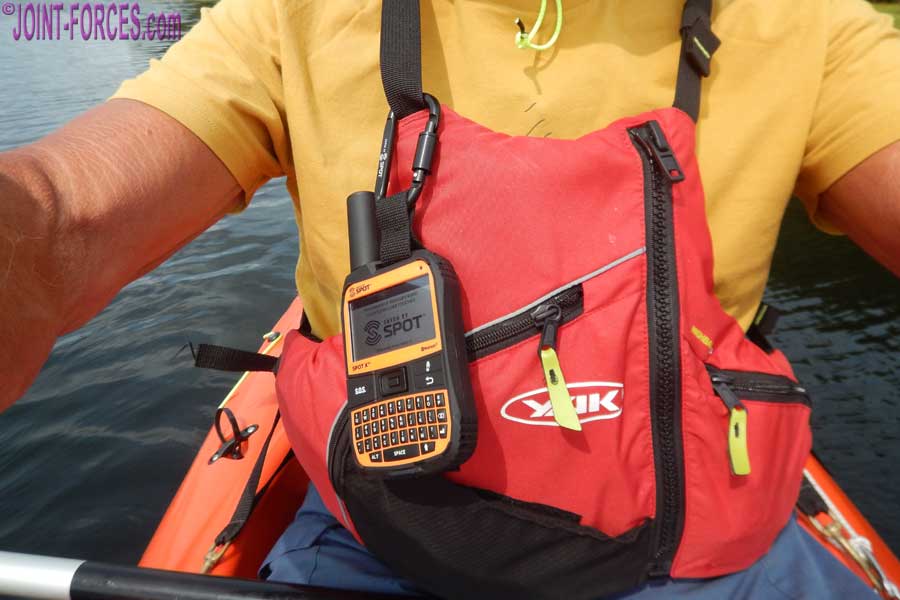
Being able to track and communicate one’s exact position has many benefits. For general interest in civilian life for sure, but for business, military and ‘blue light’ operators it has day-to-day applications to enable safe monitoring and connection with those working and operating in remote places and especially for those who might be on the own.
I will be following Sarah’s expedition with SPOT and will report back how this all worked out in a few months when she has completed her journey. We just hope she never has a need to press that SOS button!
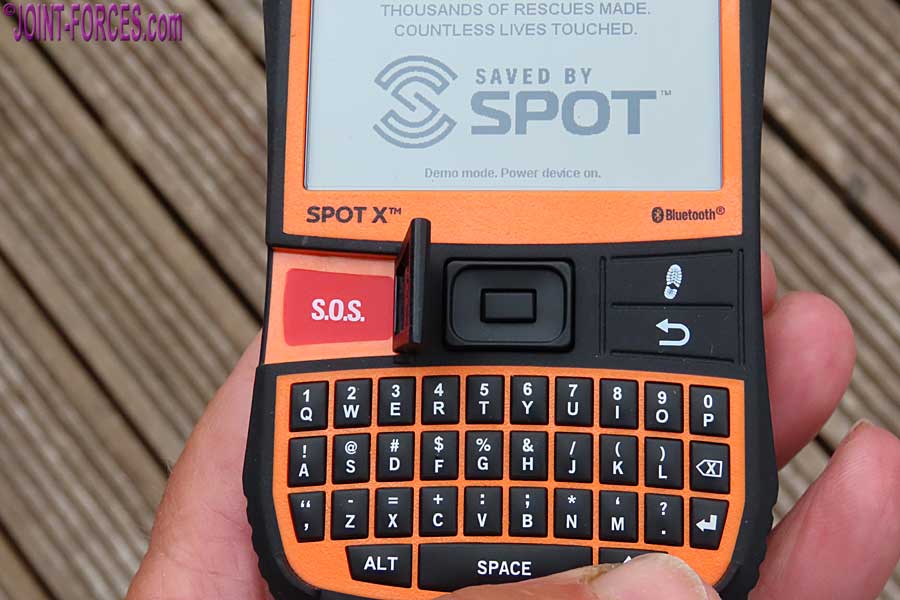
[images © Mike Gormley]
~


